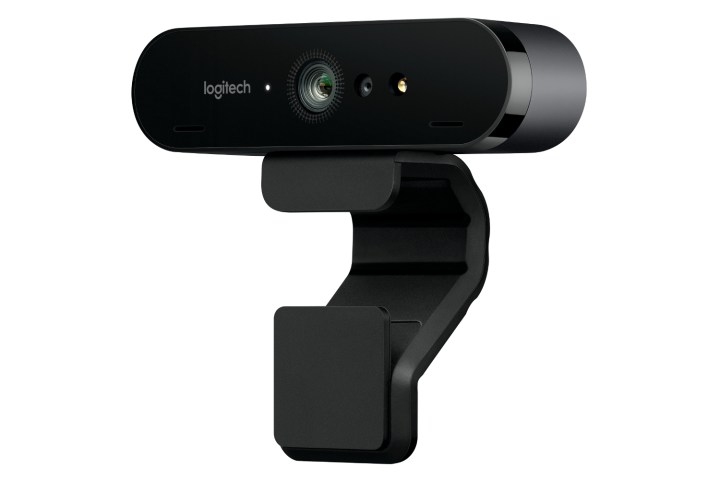
First, the Brio webcam’s image sensor (4,096 x 2,160) supports the following resolutions:
- 3,840 x 2,160 at 30 frames per second (Ultra HD)
- 1,920 x 1,080 at 30 or 60 frames per second (Full HD or 1080p)
- 1,280 x 720 at 30 or 60 frames per second (HD or 720p)
But there is a catch with streaming video at Ultra HD. The camera will need to be connected to a USB 3.0 port, which transfers data up to five gigabits per second thus making it capable of handling compressed Ultra HD data in real time. Customers also need a desktop or laptop that is based on Intel’s seventh-generation Kaby Lake processors, which support Ultra HD 10-bit HEVC decoding on the hardware level.
That said, Logitech is essentially preparing mainstream and enterprise customers for Ultra HD to become the norm over the next few years. Until then, users may be required to fall back on 1080p streaming given Intel’s latest processors are beginning to saturate the PC market. Current devices typically include one or more USB 3.0 ports, so it is just a matter of waiting for Kaby Lake saturation and a greater number of end users with Ultra HD displays.
The problem Logitech faces with the webcam market is that it holds a 73 percent share. That means the company needs to expand on the webcam design and reach additional markets. This is where the Brio comes in, offering the facial recognition component and HDR imagery. That latter aspect, combined with the company’s proprietary RigtLight 3 technology, provides the best imagery possible no matter the lighting conditions.
Logitech also added the ability for users to select a field of view. The 65-degree mode is for face-to-face meetings while the 78-degree mode provides a slightly larger scene. The third 90-degree view is great for streamers and YouTubers who want to include large elements in the background, or add their own using the camera’s background removal feature (currently in beta).
Complementing the field-of-view options is the camera’s 5x digital zoom capability. Other key ingredients thrown into Logitech’s new webcam include a detachable USB cable, omnidirectional microphones, a privacy shade, and a flexible mount packed with soft hinges to accommodate various monitor sizes.
“With Brio, our goal was to create an elegantly designed, feature-packed webcam that anyone who is the slightest bit serious about video quality will want,” said Logitech’s Video Collaboration General Manager Scott Wharton.
Logitech’s new camera is available through two different names, but there is no difference in price, hardware, or feature set.
| Business | Mainstream | |
| Name: | Logitech Brio | Logitech 4K Pro Webcam |
| Outlets: | Logitech Video Collaboration Reseller Network Amazon Logitech |
Best Buy Logitech |
| Price: | $199 | $199 |


